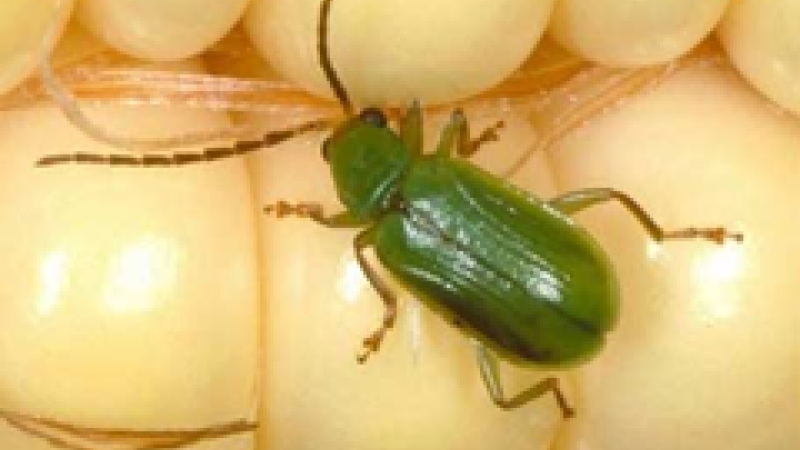Corn Seedling Injury & NH3
Anhydrous Ammonia, commonly called NH3, is one of the most commonly used sources of Nitrogen used by corn growers. NH3 is applied by injecting the gas into the soil 8-10” deep, a minimum of 5-7 days before planting. It is preferred to apply NH3 in the fall, if time and mother nature allows. Unfortunately the fall of 2018 made this a very challenging task. Spring-applied NH3, which carries more risk, is necessary when fall applied is not an option. Please take these items into consideration when using spring-applied NH3.
- Applying the ammonia at an angle or parallel with the corn row at least 4-5 inches to the side will minimize the potential for seedling injury.
- Distance and time: The further the application from the seed and the longer you wait to plant, the better for the germinating seedling.
- If you can’t wait 5-7 days after NH3 application to plant, apply the ammonia as deep as possible (8-10”).

Anhydrous Ammonia when injected into wet soils and not applied deep enough can cause injury and stunting of seedling corn roots (Figure 1). Most of the Western Corn Belt is experiencing a wetter-than-normal spring. NH3 applied to wet soils can cause sidewall compaction which can let the anhydrous ammonia move up the application channel into the seed zone. When this is done, you have the potential to have root burn like shown in the photo above. Corn plants that appear wilted and spindly (Figure 2) are a symptom of anhydrous injury to the roots.
Growers who are using high-speed, low-draft applicators don’t have the option to place anhydrous ammonia 10” deep. Research has shown that applying high rates of nitrogen with these systems can result in significant seedling burn if planting directly over the injection zone (Fernandez et al., 2011).
Applying anhydrous ammonia well in advance of planting allows for the NH3 at the injection point to be converted to NH4+. Five to seven days or longer is the standard recommendation between application and planting, but free ammonia will persist longer in cooler drier soils. Reducing risk of injury involved separating the ammonia from the seed/seedling by either time or distance.
Summary: When spring seems later than usual, it is very tempting to sneak out into the field early and get your Nitrogen on. Please ensure the soil is dry enough and the applicator is applying 8-10” deep when you apply anhydrous ammonia. Keeping stress off these emerging seedlings will lead to higher yields in the fall. Waiting until field conditions are right will give your corn crop the best chance to succeed this year
Source: Fernández, F.G., D.B. Mengel, and J.E. Sawyer. 2011. Some things to consider for shallow placement of anhydrous ammonia. Proc. of the 2011 Wisconsin Crop Management Conference, Vol. 50

